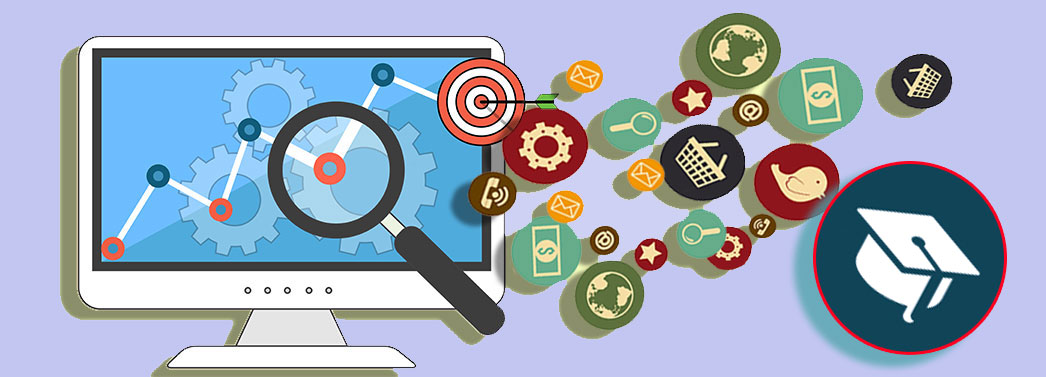
With programmatic mechanisms now rapidly expanding beyond display and video inventory into native, digital audio, digital out-of-home, and even linear TV inventory, the need to stay abreast of these new tools sets is greater than ever. As with any evolution of technology, there are opportunities, challenges, and limitations. And there appears to be a wide disparity between those who “get it” and those who don’t. The volume of news and jargon around “programmatic” concepts is so vast it can be overwhelming to some while appearing overstated to others.
IAB is working to develop comprehensive, broadly accessible programmatic training to educate the marketplace around programmatic processes, tools, and strategic capabilities. We sat down with Ben Dick, Director of Industry Initiatives who manages the IAB’s programmatic and attribution initiatives to discuss what he and the Programmatic Council are focusing on.
- What is the current state of the programmatic marketplace?
Marketplace activity is as strong as it’s ever been. According to a recent eMarketer Study, 2015 was the first year that discretionary investment in programmatically monetized inventory surpassed reserve buying across a few key areas, including display, video, native, social, and even “sponsorship” activity. And it’s only expected to grow higher and plateau at around 70% over the next few years. While there is most definitely still a place for reserve buying on media plans, execution and optimization across automated platforms is very much the “new normal” for digital strategists.
- Who needs to be trained and educated around programmatic and what does that mean for employers?
Because of the central role that automated tools are playing across buying and selling, everyone in the strategic development process (clients, research teams, media strategists, analytics teams) as well as participants in the broader digital supply chain (operations, product, sales) need to be, at bare minimum, conversant with the tools and capabilities that programmatic affords.
And it’s not just the hands-on practitioners. Support staff are affected as well. For example, programmatic concepts are bleeding into how finance teams manage reconciliation and billing. These folks need to understand the new pricing, cost models, and platforms of record for this media delivery. HR teams need to recruit talent in a completely different way and identify skill sets from more technical backgrounds. The C-suite needs to acknowledge the operational changes programmatic processes necessitate as well as the investments needed to secure top talent.
As little as a year ago, when I was working in a trading desk and continuously onboarding new traders, there was very little comprehensive third-party training that managers could turn to. And because traders need to be conversant with a broader array of concepts than “traditional digital” planners, i.e. cross-functional across media strategy, analytics, and ad operations, the learning curve is steeper and time requirements exponentially greater. Often new traders need to wait four to six months before they can touch a bidding UI, whereas assistant media planners can start in a few weeks. While training is often rewarding work, it creates a burden for the more senior managers.
- What types of programs has IAB created to meet the industry’s need for Programmatic education and professional development?
Right now, IAB offers a full-day, in-person, Advanced Programmatic class that been touring the country. It’s a very popular program created for all players in the marketplace. The interactive course covers all steps of the media process including stages of selling and buying, SSPs, DSPs, “Programmatic Guaranteed”, the tech stack, and much more.
The August the class will be hosted at MediaMath’s New Marketing Institute in New York City and it has additional stops in Chicago this July as well as Dallas and Atlanta in the fall.
Additionally, the IAB Programmatic Council and IAB Learning & Development team have been working diligently to develop deeper interactive, online curriculum around specific buy- and sell-side concepts to help expand the accessibility of the program.
- What do buyers and sellers need to know about programmatic tools and capabilities to be successful in 2016?
If I had to highlight one thing, it’s that successful programmatic strategists think of their jobs more as the application of data and software to “guide a conversation” with consumers, rather than using it to find and target them at right moment with the right creative.
The word “conversation” implies that there’s a feedback loop or exchange between advertiser and consumer, which is often forgotten. Programmatic tools allow for always-on, real time consumer addressability across their devices. This data travels both ways, and allows consumers to provide an intimate portrait of their preferences relative to your product. This enables advertisers to constantly evolve their approach to ensure their messaging is as relevant as possible while telling a compelling story. This often translates into cost efficiencies and improved campaign ROAS (Return On Advertising Spending)
